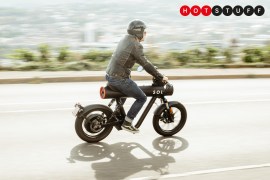VanMoof S5 review: the minimal marvel rides again
Sci-fi styling and top tech keep this revived e-bike competitive
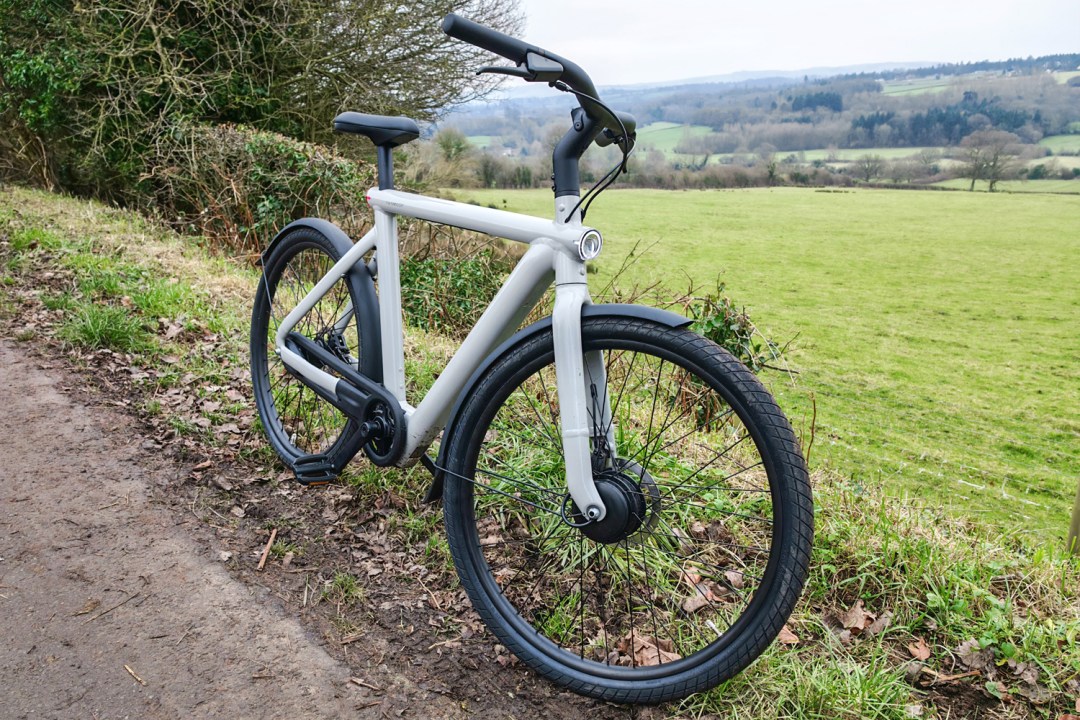
Stuff Verdict
I’m sold on the styling and love how tightly integrated the tech is. The reborn VanMoof S5 faces a lot more competition now, though, and hasn’t kept with the times in a few areas.
Pros
- Undeniably sleek styling
- Boost button makes getting up to speed a breeze
- Neatly integrated lights and lock
Cons
- Chain drive feels a bit behind the times now
- No shortage of design-led rivals
Introduction
Welcome back VanMoof, it’s been a while. The design-led Dutch electric bike manufacturer fizzled out in 2023, but is now back in action with the refreshed S5. This sleek stunner picks up where the brand left off, majoring on minimalist design and packing more tempting tech than almost any rival.
It might look almost identical to the original S5, but new owner Lavoie – British brand McLaren Applied’s electric scooter offshoot – has overseen lots of behind the scenes changes. The parts pipeline has been overhauled, sales and servicing made more in keeping with the rest of the e-bike world, and the software side given lots of attention.
All this re-engineering will be key to rebuilding the brand, and partly explains the £2998 asking price for the S5 I’ve been testing for the last month. The bigger question is whether cheaper rivals have now caught up on styling and specs.
Design & build: as fresh as ever
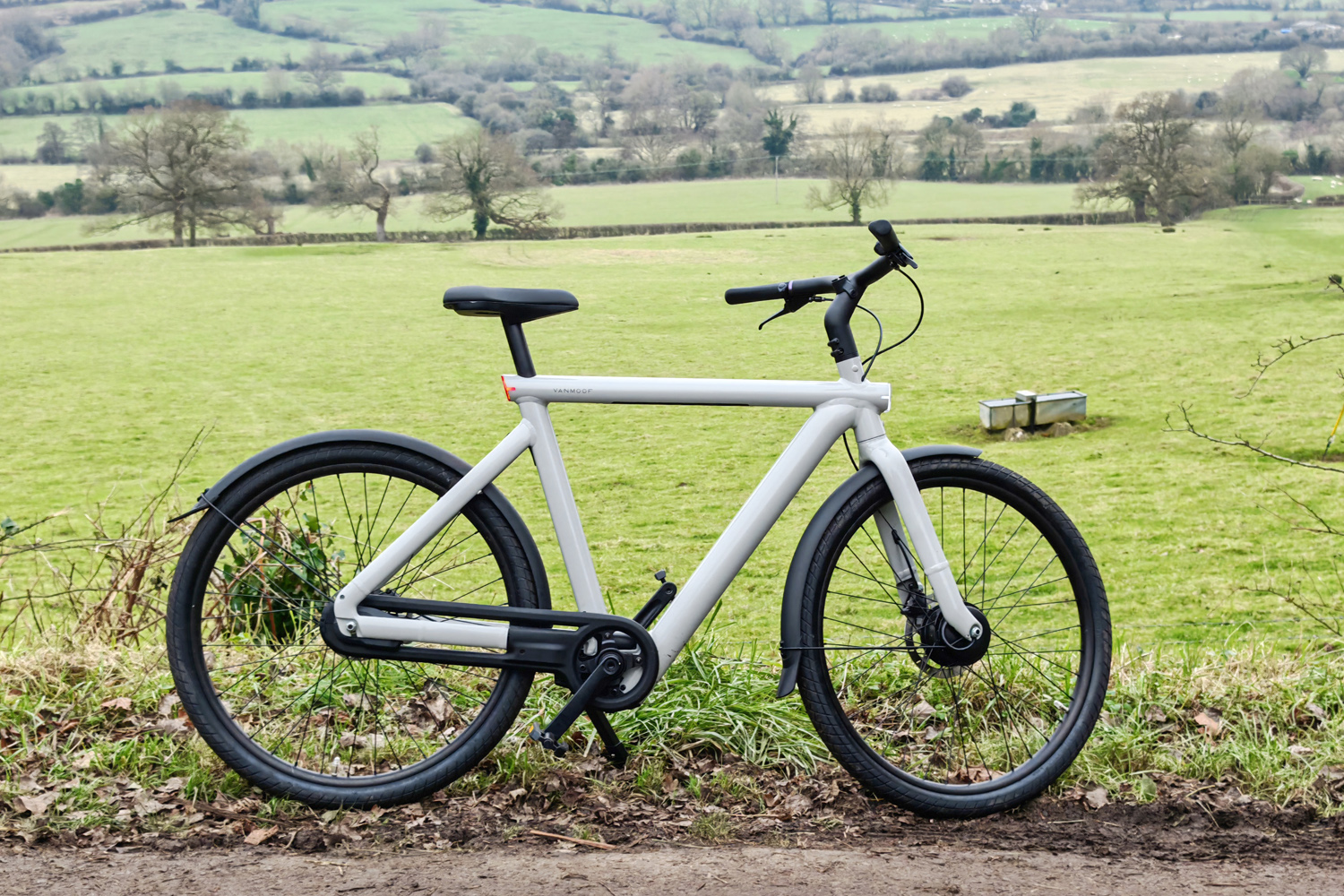

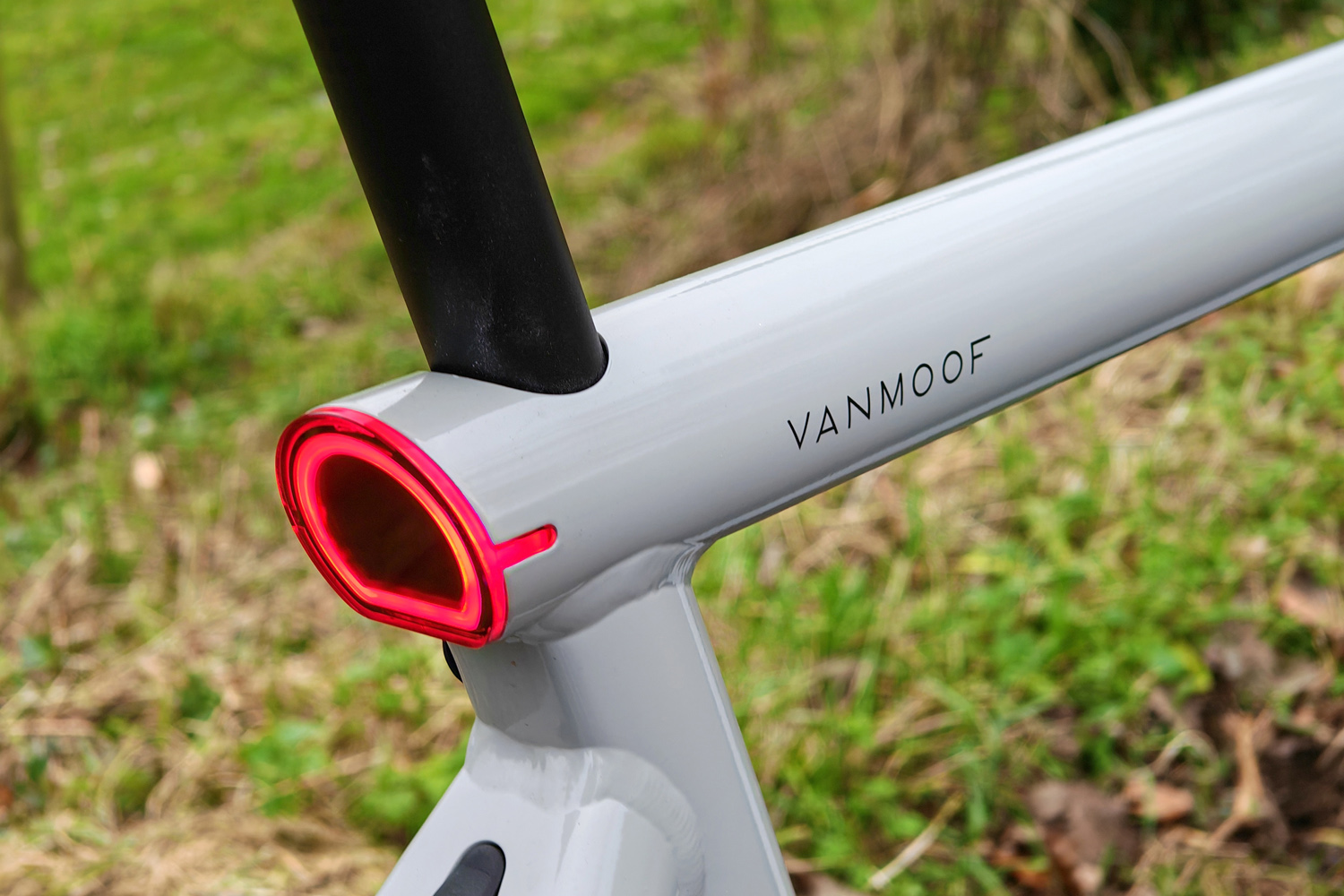
VanMoof’s early models redefined what an e-bike could look like, with no visible clues like battery packs or bulky hub motors. Only bike geeks knew you were getting a little electrical assistance while out on the road. The S5 takes that even further, with everything save a small section of the brake lines stuffed into its aluminium frame.
I definitely prefer VanMoof’s traditional frame to the Honbike Uni4‘s quirky asymmetrical one, and love how the front and rear lights are fully integrated into the top tube. Branding is subtle and the light grey paint isn’t too shouty, either; I blended right in with other commuters in London traffic during a test ride. The built-in kickstand is very understated, too. That said, Honbike’s belt drive system requires less maintenance than VanMoof’s chain drive, even if the chain guard keeps your trousers free from muck.
Those distinctive handlebars tightly integrate the brake levers and four physical buttons, along with two futuristic-looking “halo ring” LED strips that replace the tube-fitted dot matrix display found on previous models.
Those handlebar LED light shows aren’t the easiest to read on very sunny days, and aren’t as helpful as a number for showing your current speed, but get the job done. The left side shows your remaining battery, while the right can be swapped to show the motor’s power output if you like.
For an accurate readout you’ll want to fix your phone to the built-in SP Connect mount, either using a universal clamp or a case for your specific handset. Both are optional extras. I do like that there’s a USB port hidden in the stem for keeping your phone topped up while on longer rides, though.
Older VanMoofs got a bit of stick for being too tall; the S5 is some 5cm lower, despite riding on 27.5in wheels, and I had no issues getting on or off it once I’d adjusted the saddle for my height. There’s also a smaller A5, with 24in wheels and the firm’s first step-through frame.
Features & range: back to the future

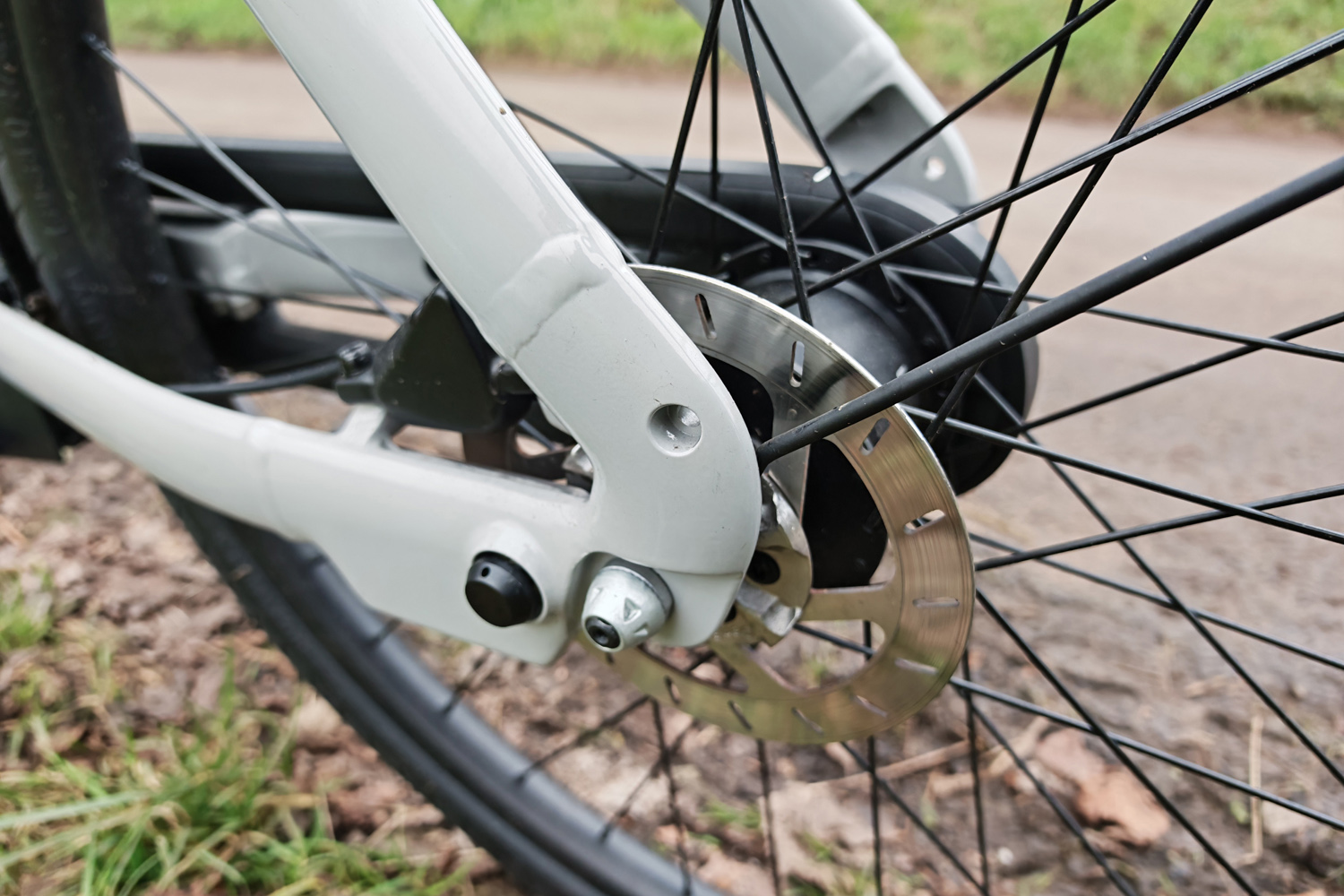
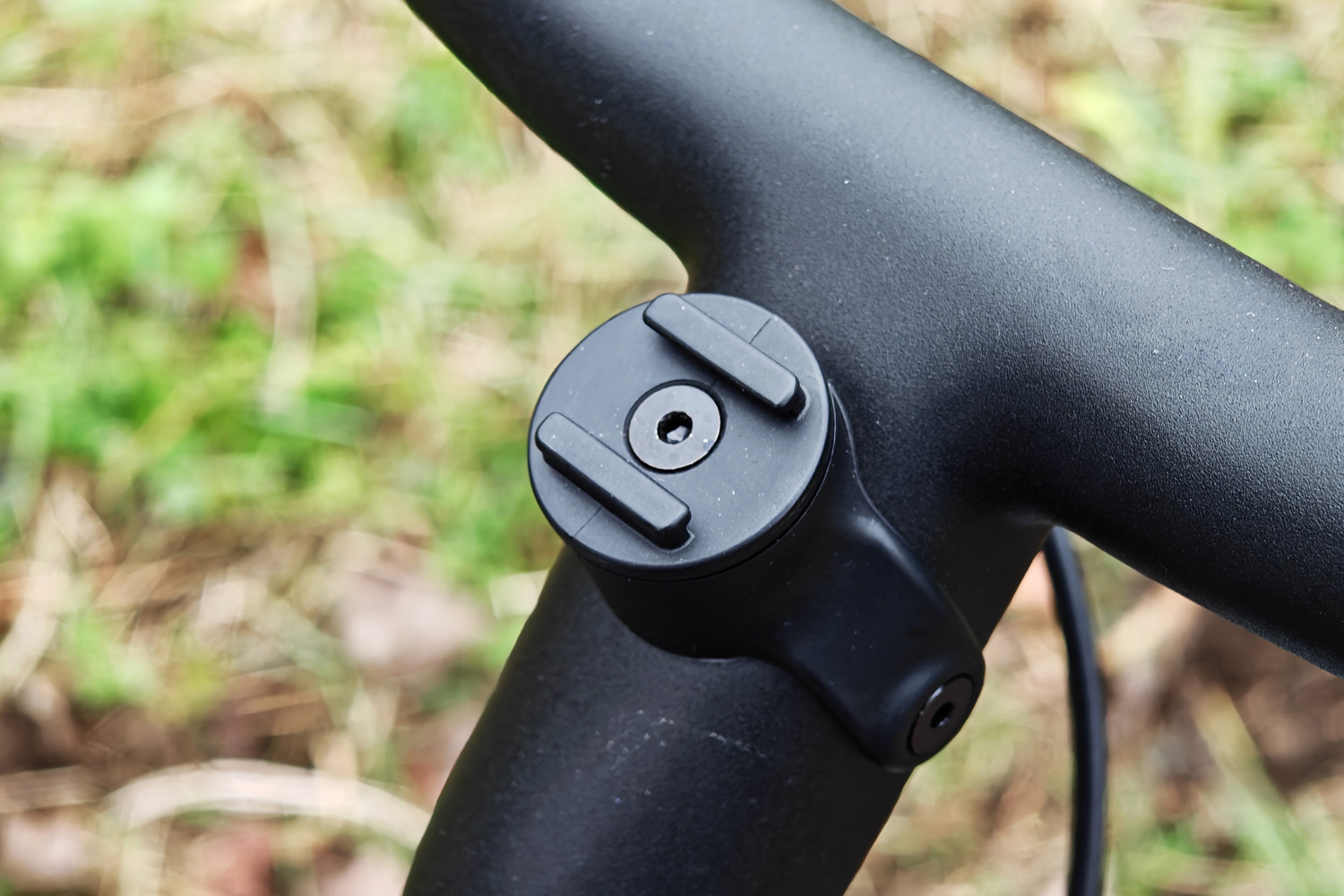
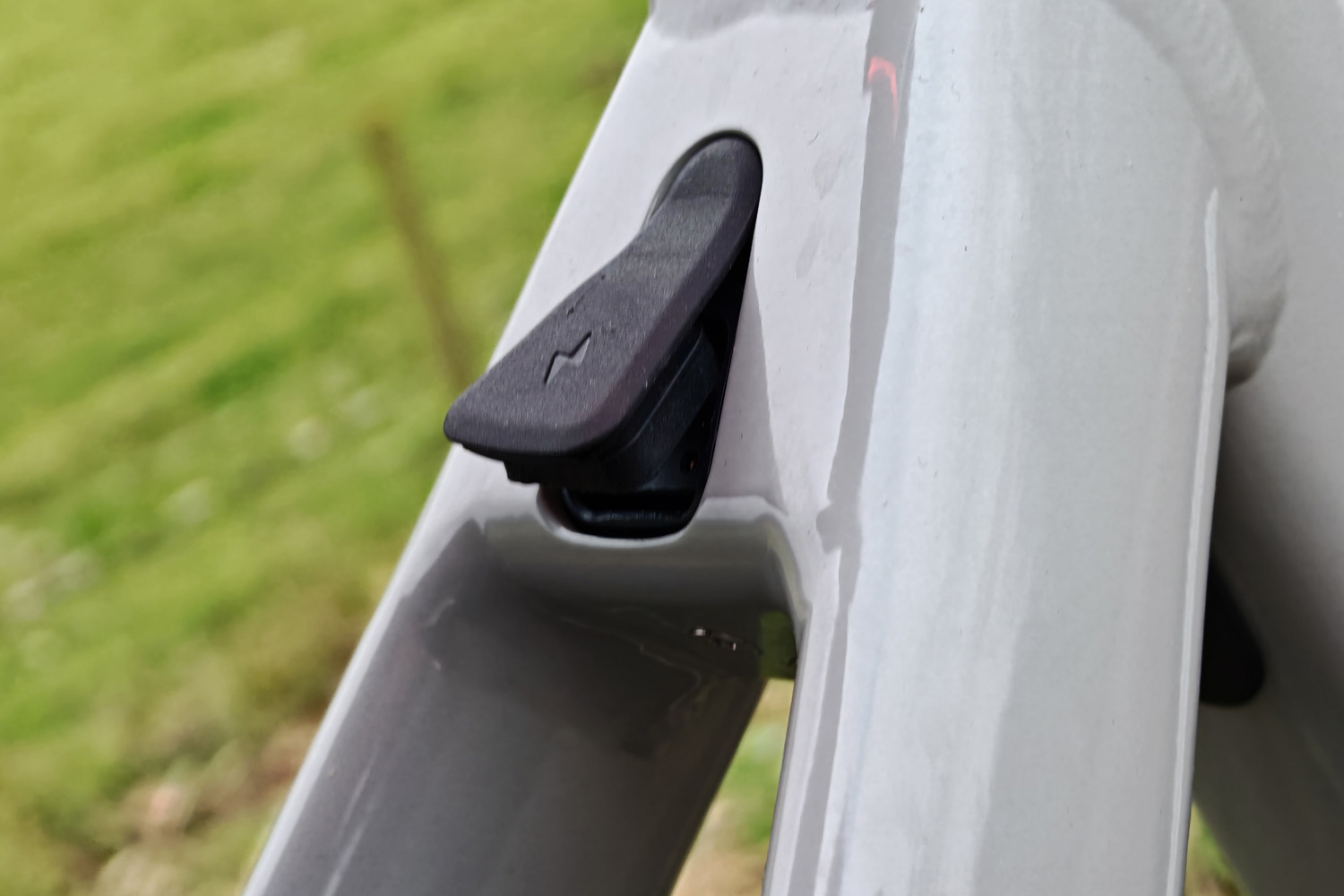
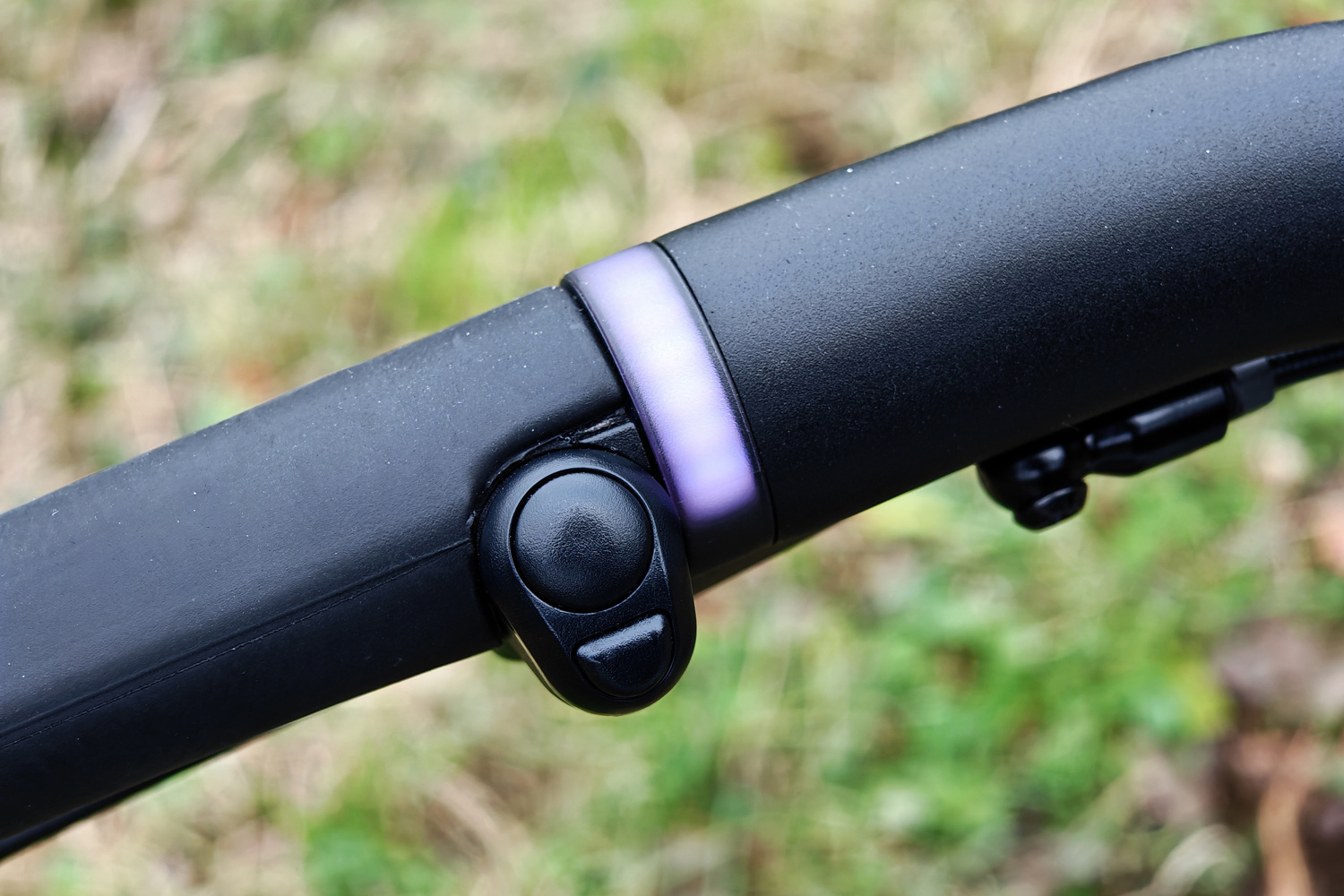

I’m sure you could rely on the S5’s rear kick lock alone in many countries: it secures the rear hub in place with a tap of your foot and will trigger an alarm if moved while you’re out of Bluetooth range. It auto-retracts now, too, so you don’t need to roll the bike when unlocking. For my London test ride I supplemented it with a D-Lock, as cockney crims are not to be underestimated.
The comprehensive companion app lets you unlock the bike remotely, but I could also enter a code using the boost button when my phone was out of reach. It also has GPS-based anti-theft tracking and Apple Find My support for added peace of mind. This protection extends to the user-accessible screws and nuts, meaning you’ll need a specific tool to adjust things like saddle height.
Once you’ve gone through the initial setup, standing close enough to the bike with your phone in your pocket and it’ll unlock automatically. The UFO-like sounds it emits as you do it brought a grin to my face every time. They can’t be turned down or muted, but where’s the fun in that?
The app also records your rides, lets you adjust the power level, control the lights (which default to an automatic mode that only shines brightest in the dark) and adjust the automatic gear shifting. There are flat and hilly presets, or you can pick specific speeds to shift up or down between the three gears.
One of the two larger handlebar buttons control the level of electric assistance; the other activates boost mode, which instantly delivers maximum power to get you up to speed. The smaller two buttons adjust the lights and ring the electronic bell (which has three different tones to pick from in the app). Holding them down can also indicate left or right turns, and the rear light can show deceleration
This isn’t an especially light e-bike, weighing in at 23kg, but I can’t fault the build quality. Even over cobbles and rough road surfaces, I couldn’t detect any rattles or looseness from the components. However, the non-removable battery could make that heft an issue if you live in an apartment. Personally I prefer VanMoof’s stealthy approach over e-bikes with blatant battery packs, and happily charged it from a mains socket in my garage. Charge times are only average, though, taking over six hours for an empty-to-full refuel.
On a full charge, you should be able to eke out up to 37 miles of range at full power, or as much as 92 miles in eco mode – though that level of assistance largely defeats the object of an e-bike for me. I rode pretty much everywhere with the boost button held down, which will mean more like 30 miles before it’s time to plug in.
Ride & performance: breezy rider
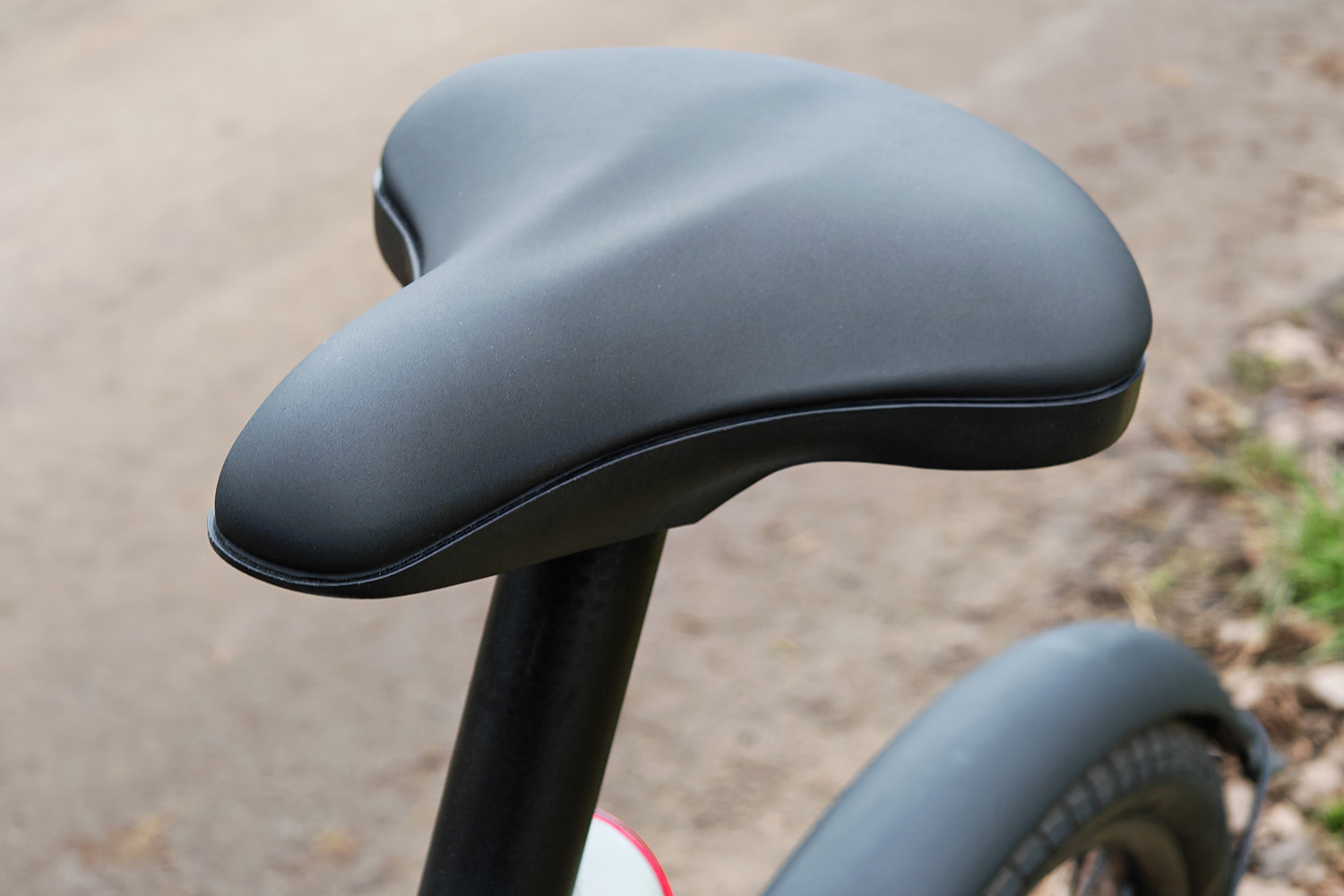
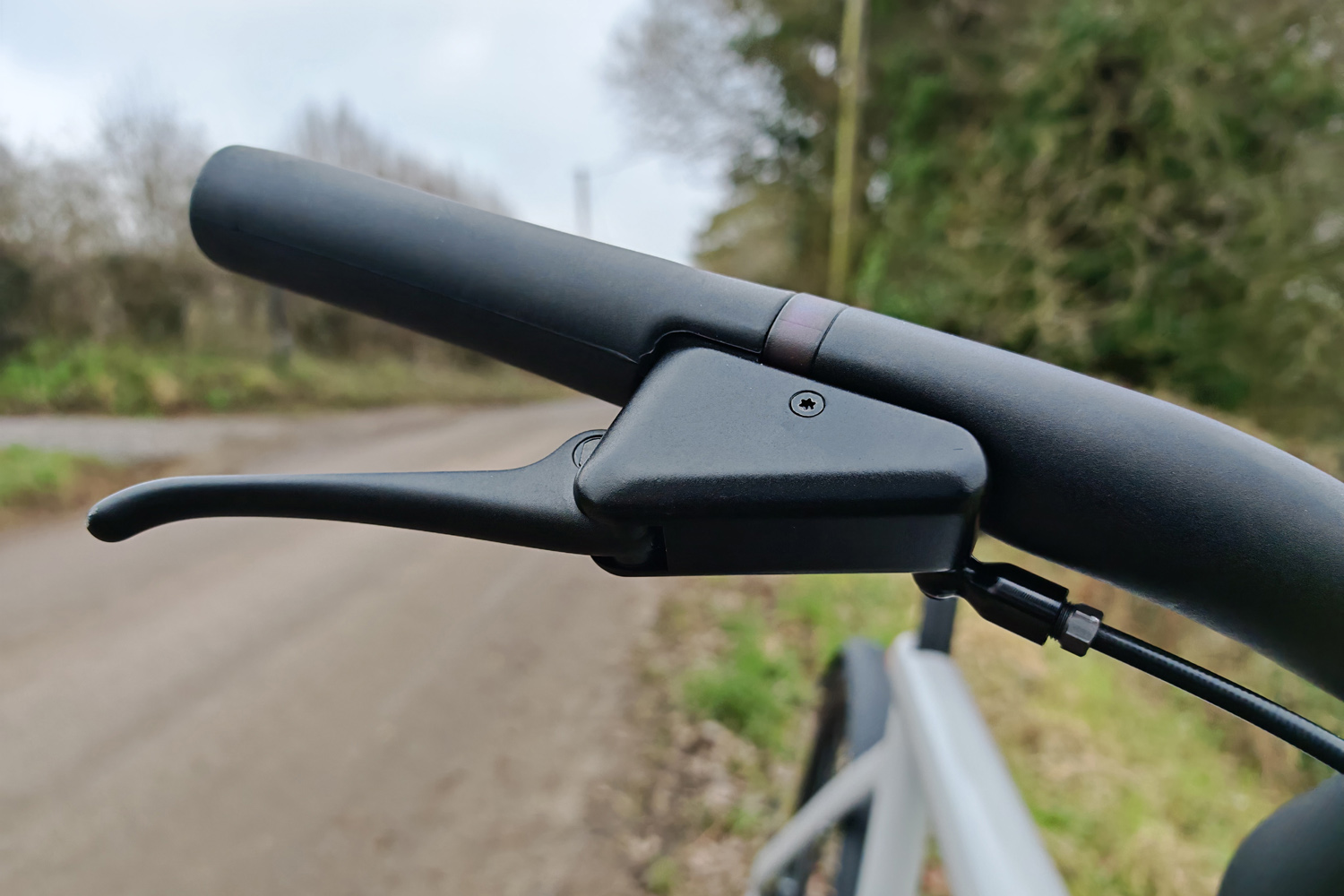
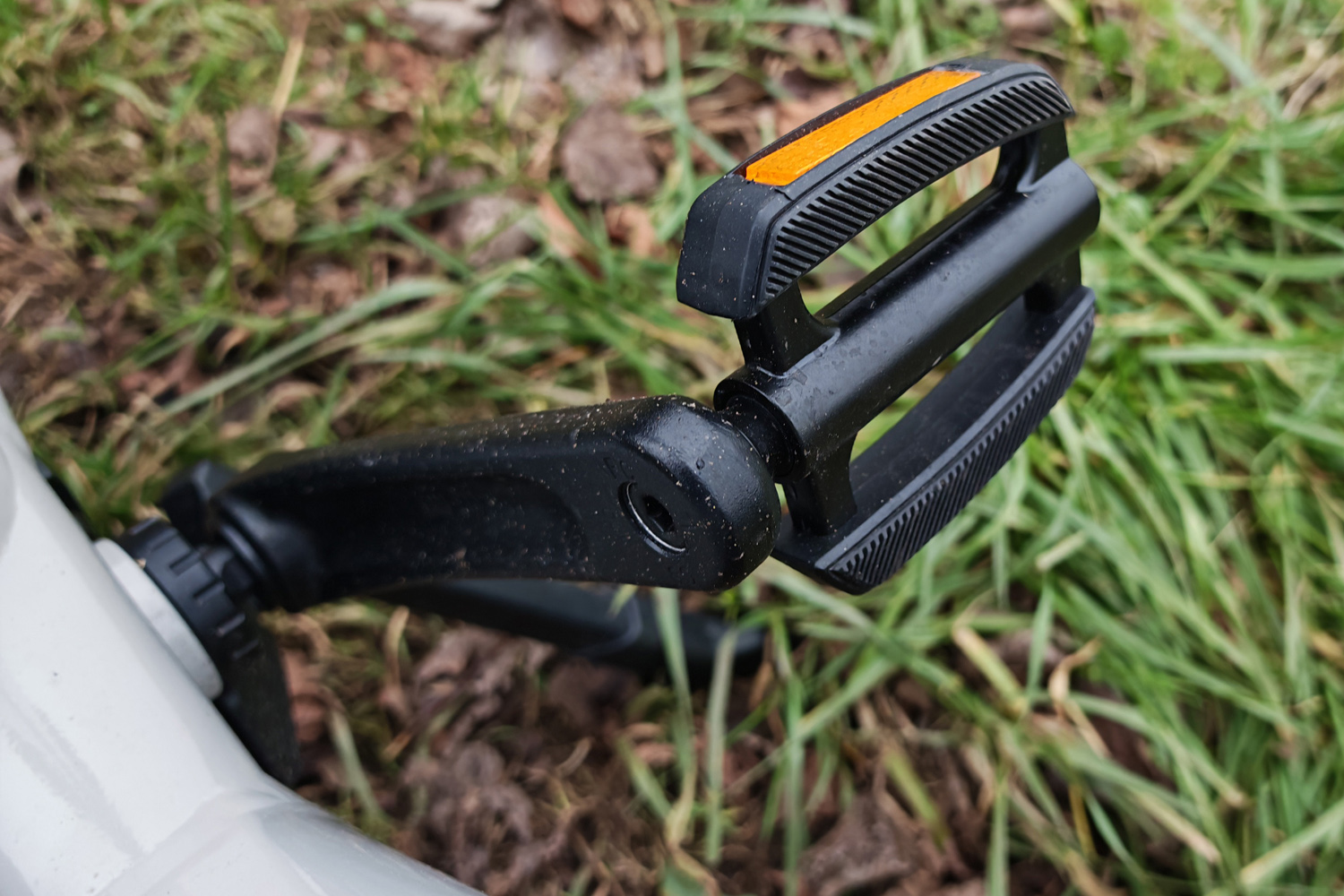
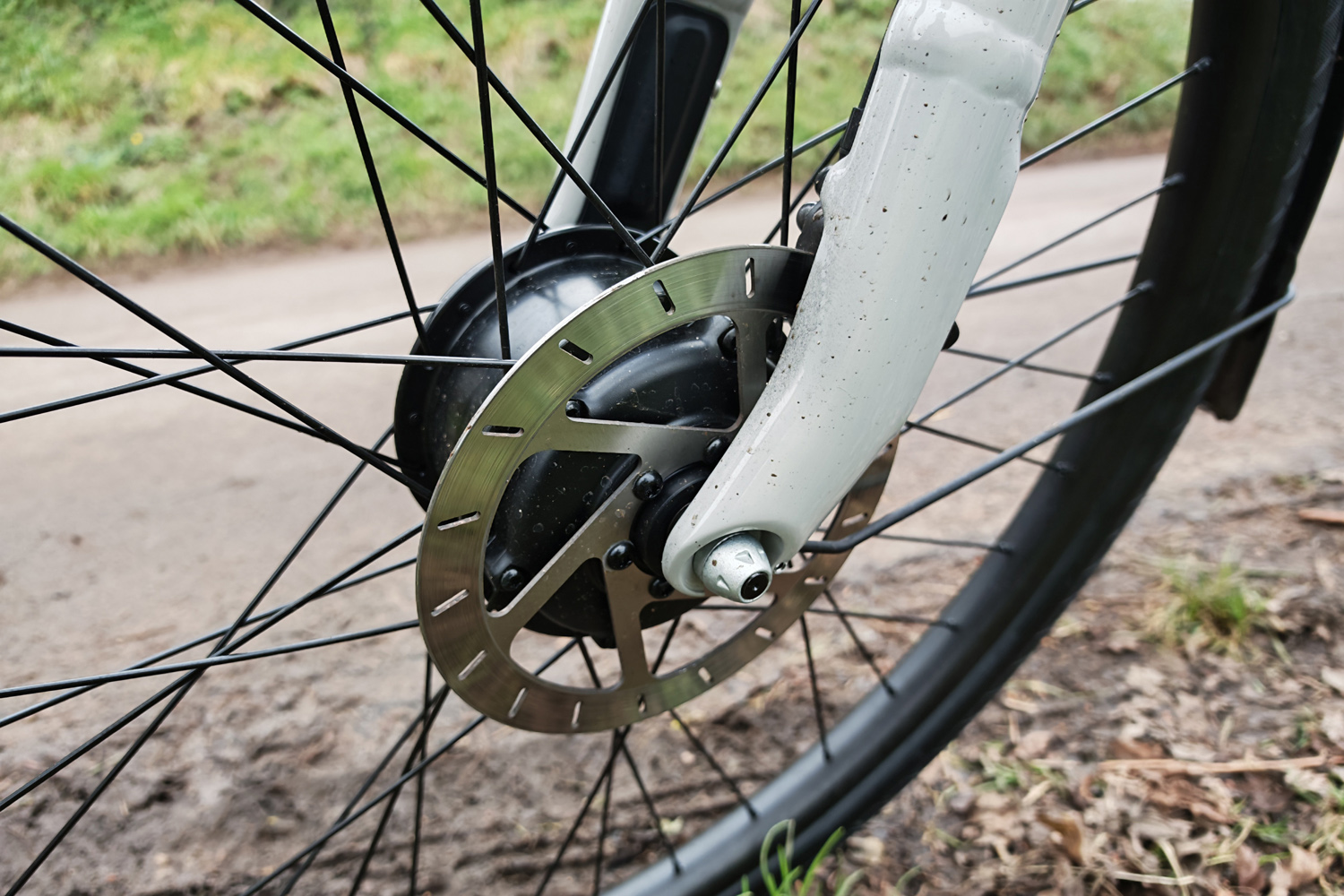
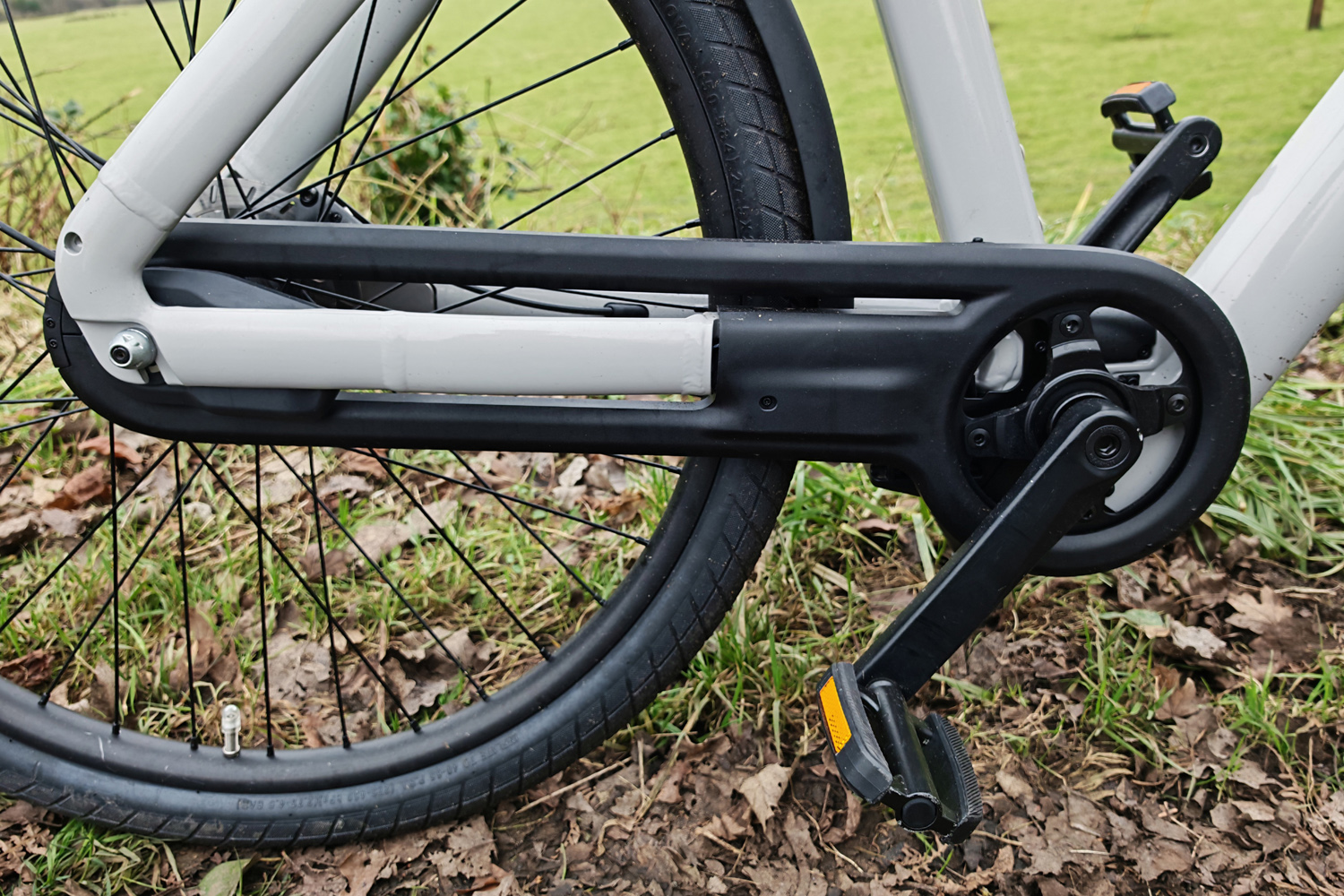
This is very much an urban e-bike, aimed at city commuters rather than trail riders or racers. It has heavier steering that better suits cruising than sharp changes of direction. Wide tyres with low rolling resistance and a padded saddle made riding relaxed and comfortable, even with a stiff frame and no suspension. The hydraulic disc brakes also have great stopping power.
The S5 continues VanMoof’s preference for front-mounted hub motors, with a three-speed gearhub in the rear wheel. Shifting is entirely automatic, with a torque sensor in the bottom bracket reading the motor’s power delivery – as well as your own – to try and make shifting smoother.
It didn’t quite manage that all the time, with the pedals going slack for a second while it caught up after quick acceleration or sudden braking. Some cyclists will want manual control, but I had no issues the rest of the time, with it being responsive enough for a cross-London commute where I wasn’t trying to beat every traffic light. That said, I’ve ridden bikes with smoother shifting. You’ve also got to put in a bit more effort on the hills, but not so much you’ll be drained by the summit.
The boost button really came into its own when setting off or overtaking other road users. It gives the full 68Nm of torque, up from 59Nm on the previous bike, and means you can hit the top assisted speed in under five seconds – 15mph in Europe and 20mph in the US. As long as you’re still turning the crank, you’ll get help; it’s as close to throttle activation as you can legally get.
VanMoof S5 verdict
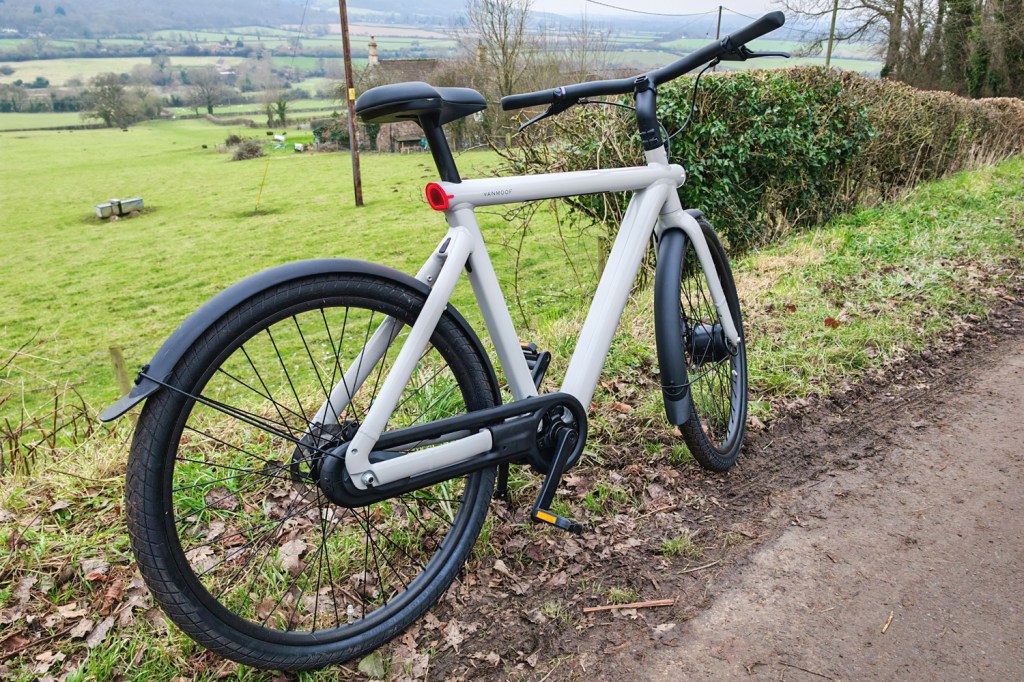
It’s great to see VanMoof make a comeback: I always thought the firm was way ahead of e-bike rivals on looks and integrated tech, and the S5 continues that form in a bunch of ways. The handlebar LEDs really embrace the sci-fi feel, the built-in lock and alarm are as slick as ever, and the boost button remains fantastic for keeping pace with traffic. By all accounts the new owners have addressed customer issues with the old sales and service network, too.
The competition hasn’t stood still, though, offering lower maintenance belt-driven bikes for considerably less cash. Cowboy, Tenways and others have caught up on the design front, and are in some respects more convenient thanks to lighter frames and removable batteries – even if they’re not quite so flush with features.
Those looking for the best value should probably shop around, but for distinctive features that feel that little bit futuristic, look no further.
Stuff Says…
I’m sold on the styling and love how tightly integrated the tech is. The reborn VanMoof S5 faces a lot more competition now, though, and hasn’t kept with the times in a few areas.
Pros
Undeniably sleek styling
Boost button makes getting up to speed a breeze
Neatly integrated lights and lock
Cons
Chain drive feels a bit behind the times now
No shortage of design-led rivals
VanMoof S5 technical specifications
| Motor | VanMoof Gen 5 electric motor 250W |
| Battery | 487Whr |
| Top speed (assisted) | 15.5mph (UK) |
| Range | 37 miles (full power) / 92 miles (eco mode) |
| Charge time | 6hrs 30 mins |
| Frame | Aluminium |
| Shifters | N/A (electronic) |
| Brakes | Disc |
| Weight | 23kg |




